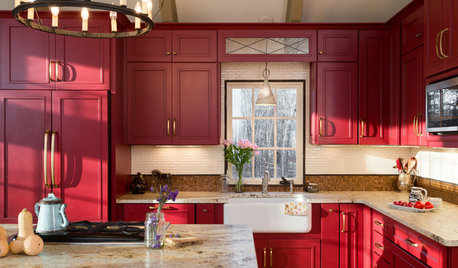1860's carriage house: levers or knobs?
conn123
14 years ago
Related Stories

TRADITIONAL HOMESHouzz Tour: Redo Shines Light on 19th-Century Newport Beauty
The renovated Rhode Island home boasts gorgeous woodwork, an appealing wraparound porch and a newly spacious kitchen
Full Story
KITCHEN DESIGNKitchen of the Week: Casual Equestrian Feel on a Horse Farm
Red cabinetry, salvaged barn decor and a window for feeding treats to horses combine in a lively, comfortable family kitchen
Full Story








conn123Original Author
conn123Original Author
Related Professionals
Bethpage Kitchen & Bathroom Designers · Magna Kitchen & Bathroom Designers · Manchester Kitchen & Bathroom Designers · Northbrook Kitchen & Bathroom Designers · Beverly Hills Kitchen & Bathroom Remodelers · Elk Grove Kitchen & Bathroom Remodelers · Fremont Kitchen & Bathroom Remodelers · Portage Kitchen & Bathroom Remodelers · Pueblo Kitchen & Bathroom Remodelers · Turlock Kitchen & Bathroom Remodelers · Vista Kitchen & Bathroom Remodelers · Forest Hills Kitchen & Bathroom Remodelers · Fort Lewis Architects & Building Designers · Palmer Architects & Building Designers · Seal Beach Architects & Building Designerskimkitchy
calliope
sombreuil_mongrel
Carol_from_ny
calliope
antiquesilver